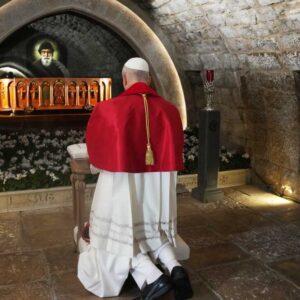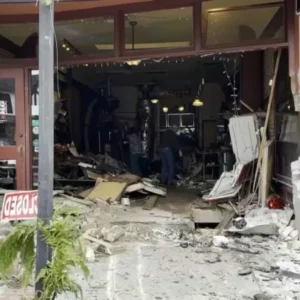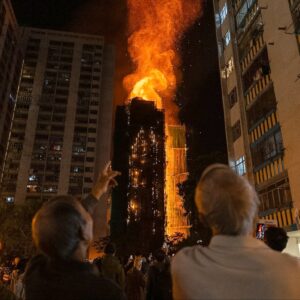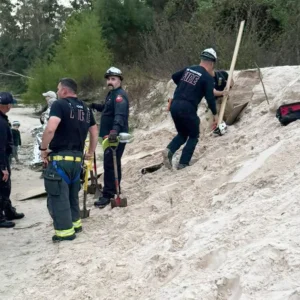On the first anniversary of the Butler, Pennsylvania, shooting, a new Trump assassination attempt report from the Senate Homeland Security and Governmental Affairs Committee details what Chair Rand Paul calls “stunning failures” by the United States Secret Service (USSS). Released Sunday, the 81-page review revisits the July 13, 2024, rally where then-candidate—and now President—Donald Trump was shot in the head by Thomas Crooks. While the President survived, the committee warns that similar lapses could prove fatal unless sweeping reforms are enacted.
Key Findings from the Trump Assassination Attempt Report
The report, based on more than 75,000 pages of evidence, largely echoes a preliminary September 2024 draft but crystallizes recurring themes:
- Planning breakdowns — Investigators cite “unacceptable failures” in venue mapping, threat modeling, and crowd-line placement.
- Communication gaps — Local law enforcement requests were never reached by on-site agents, and vital intel from USSS headquarters arrived too late to act upon.
- Resource denials — Multiple rallies—South Carolina, Doral, and Butler—lacked counter-snipers, Assault Teams, or drone overwatch, despite rising threat assessments.
These systemic issues, the committee argues, “culminated in a preventable tragedy.”
Communication Failures and Denied Support
One of the report’s starkest revelations is the repeated refusal to deploy counter-snipers even after the USSS Protective Intelligence Division flagged elevated risks for outdoor events. A South Carolina request went unanswered; at Butler, countersnipers were finally present but placed too late to deter Crooks, who fired from an elevated position outside the secured perimeter.
Senators also highlight denied requests for drones that could have provided real-time aerial surveillance and for a full Counter Assault Team at the July 9 rally in Doral, just one day after USSS analysts recommended such coverage for all outdoor Trump events.
Accountability Questions for USSS Leadership
Paul’s Trump assassination attempt report blasts “insufficient accountability” inside the agency. Six personnel have faced discipline, yet critics call the penalties minor compared with the security breaches. The panel subpoenaed additional USSS files this month, revealing internal disagreement over whether punishment matched failure severity.
The report further alleges that former Director Kimberley Cheatle misled Congress by claiming “no requests were denied” for Butler. Evidence shows at least two asset denials by headquarters. Former Acting Director Ronald Rowe’s testimony is labeled “misleading” for similar reasons.
AI Manipulation: What My Failed Podcast Taught Me About Trust and Transparency
Secret Service Response and Reforms
Current Director Sean Curran responded in a statement, posted on X, pledging full cooperation:
“Following the events of July 13, the Secret Service implemented substantive reforms to address the failures that occurred that day.”
While specifics remain classified, Curran points to revamped training, new “rapid-escalation” protocols, and expanded coordination with state and local partners. Outside experts, however, warn that budget constraints and staffing gaps could blunt those changes, echoing concerns voiced by security analysts.
Broader Implications for 2024-Style Campaign Security
With the 2026 midterms looming, senators stress that threats to high-profile candidates are growing, both online and offline. The report urges Congress to:
- Increase USSS field staffing for campaign-trail deployments.
- Mandate real-time info-sharing hubs connecting federal, state, and private-sector intelligence.
- Fund emerging tech such as AI-driven drone patrols and counter-sniper radar.
Advocates also call for updated campaign-finance rules to let candidates divert funds to enhanced security, an area now complicated by ongoing debates over how Super PACs work.
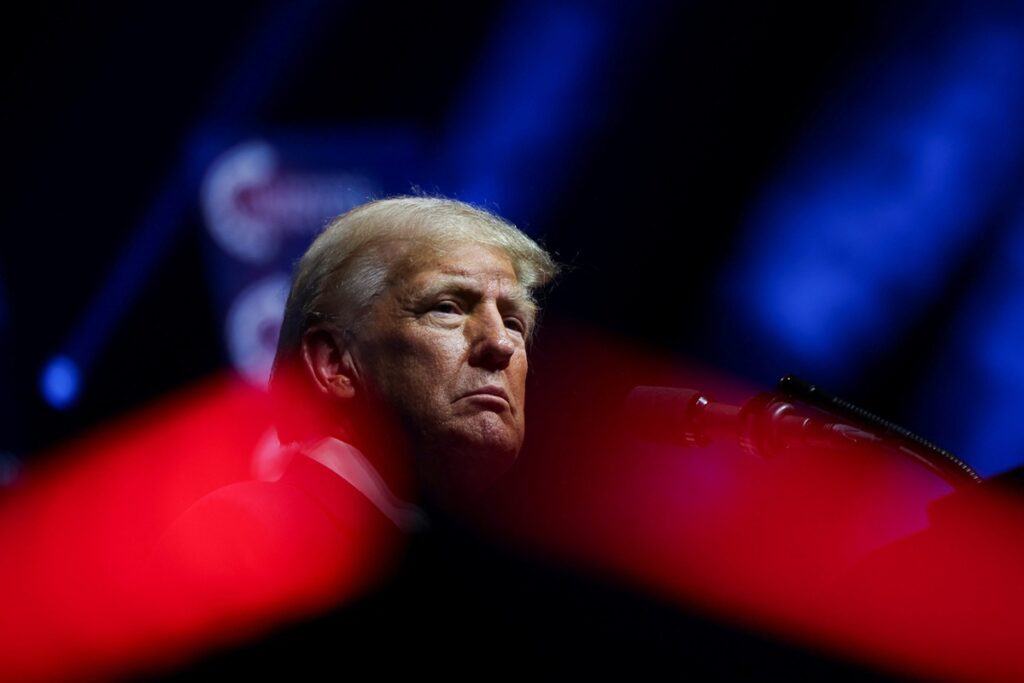
What This Means for Voters and Event Organizers
For voters attending rallies, the committee offers practical guidance:
- Arrive early to clear security and avoid congested entry points.
- Follow instructions from law enforcement—unexpected movement can trigger shutdowns.
- Report suspicious behavior immediately; crowd-sourced tips often prove vital.
Event planners, meanwhile, are urged to coordinate weeks in advance and insist on transparent risk assessments rather than assuming standard protocols will suffice.
Conclusion: A Wake-Up Call, Not a Footnote
The Trump assassination attempt report may repeat known facts, yet its stark language underscores lawmakers’ fears: without decisive corrections, the next lapse could cost a life, and fracture public trust in the very agency sworn to protect national leaders. Momentum now rests with Congress, the White House, and the USSS to convert findings into lasting safeguards.

